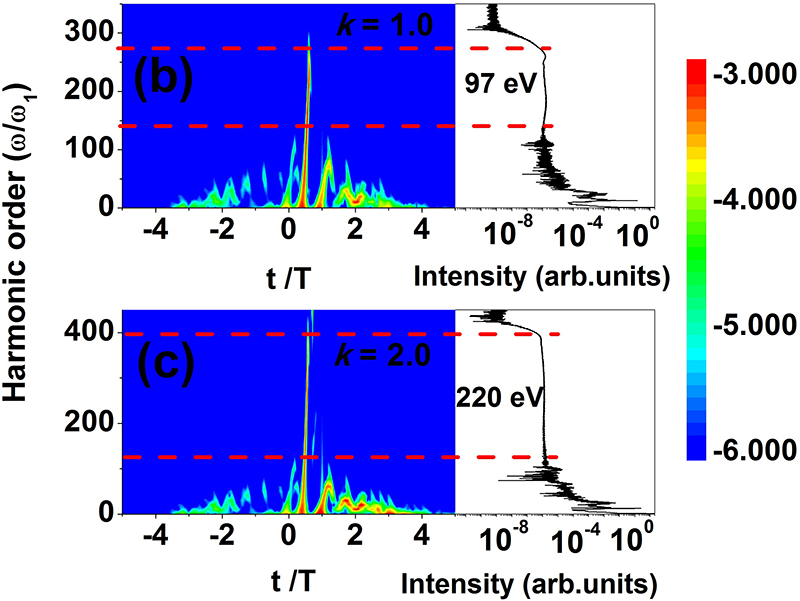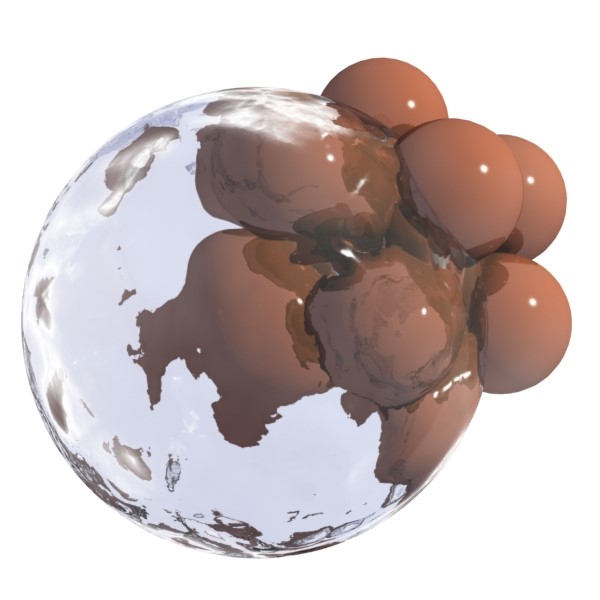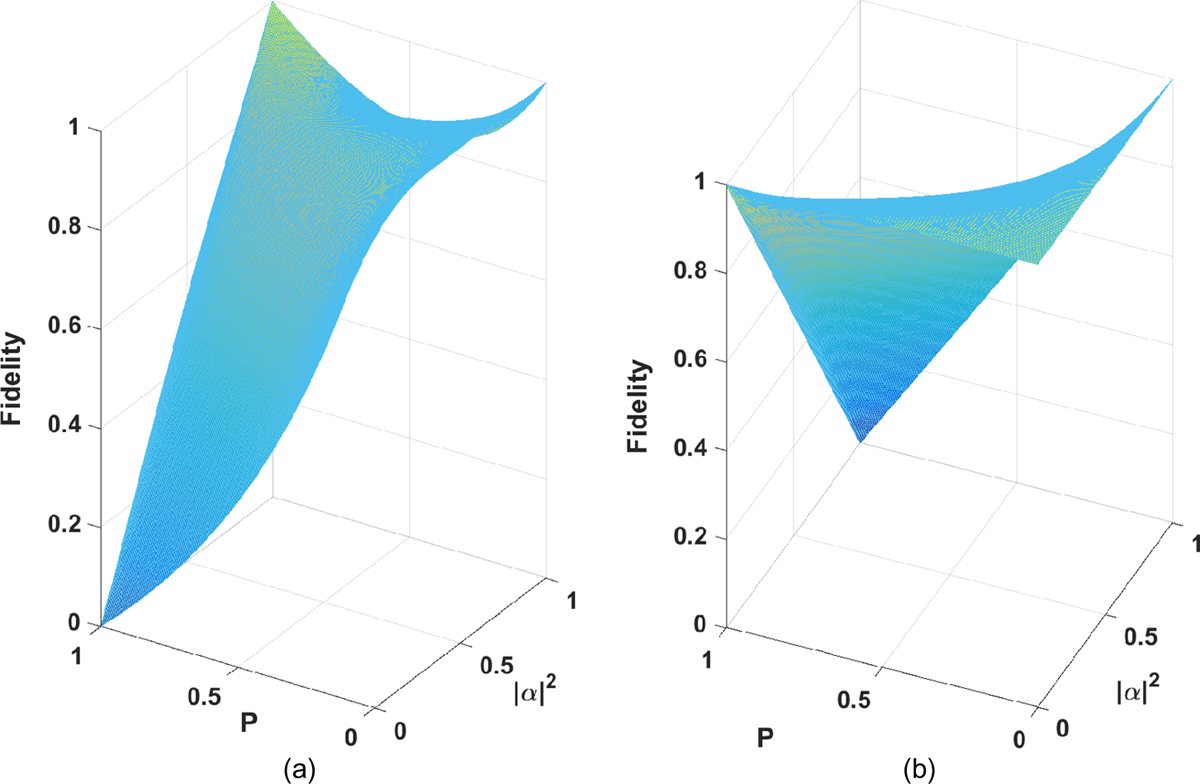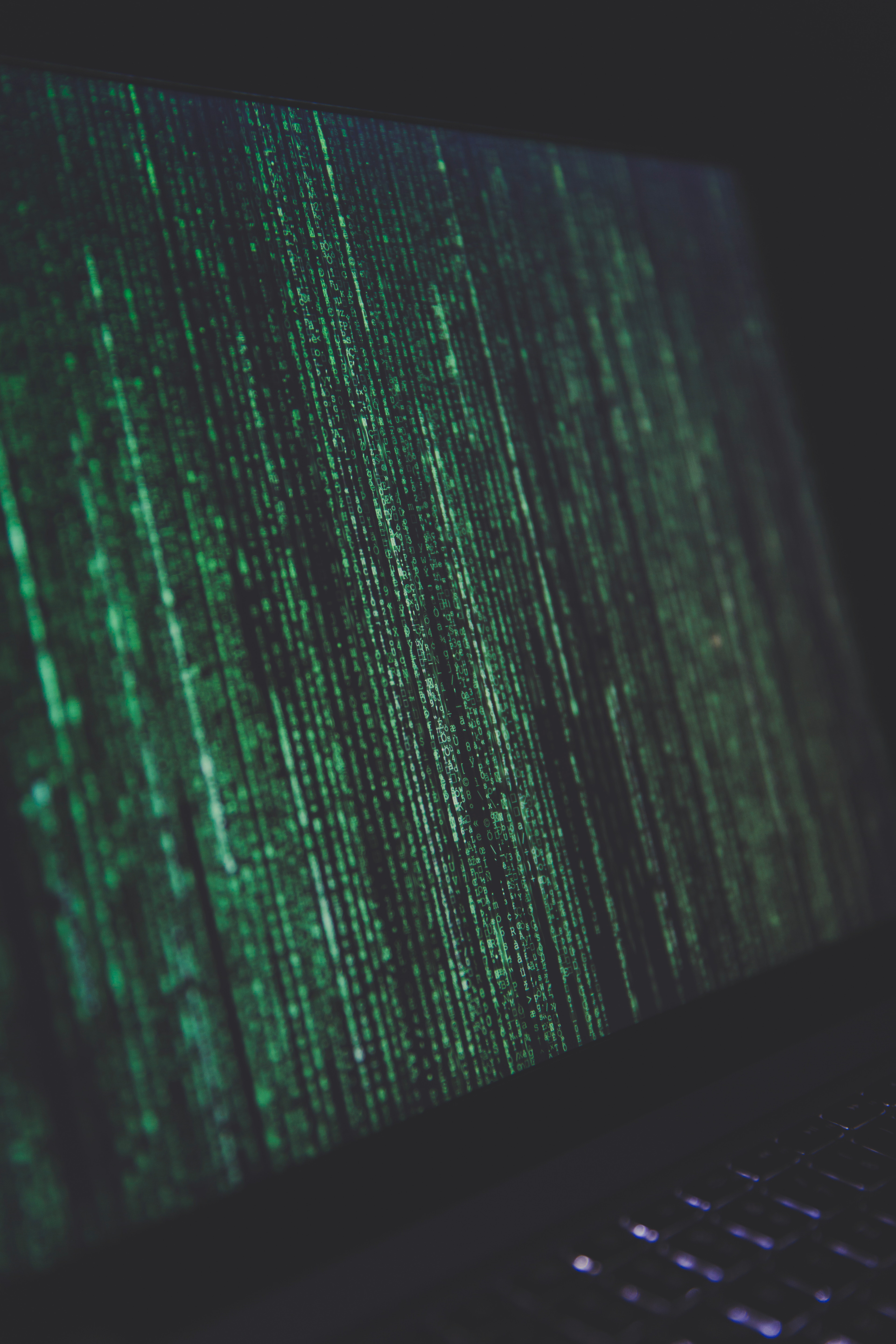EPJ D Highlight - Doubly-excited electrons reach new energy states
- Details
- Published on 13 November 2018

New energy states reached by electrons entering resonance in three-particle systems may open the door to using similar calculations in atomic and nuclear physics
Positrons are short-lived subatomic particle with the same mass as electrons and a positive charge. They are used in medicine, e.g. in positron emission tomography (PET), a diagnostic imaging method for metabolic disorders. Positrons also exist as negatively charged ions, called positronium ions (Ps-), which are essentially a three-particle system consisting of two electrons bound to a positron.
Now, commercially available lasers are capable of producing photons that carry enough energy to bring the electrons of negatively charge ions, like Ps−, to doubly-excited states, referred to as D-wave resonance. Positronium ions are, however, very difficult to observe because they are unstable and often disappear before physicists get a chance to analyse them.
Sabyasachi Kar from the Harbin Institute of Technology, China, and Yew Kam Ho from the Academia Sinica, Taipei, Taiwan, have now characterised these higher energy levels reached by electrons in resonance in these three-particle systems, which are too complex to be described using simple equations. This theoretical model, recently published in EPJ D, is intended to offer guidance for experimentalists interested in observing these resonant structures. This model of a three-particle system can be adapted to problems in atomic physics, nuclear physics, and semiconductor quantum dots, as well as antimatter physics and cosmology.
EPJ D Highlight - Attosecond pulse leads to highest molecular level probe resolution
- Details
- Published on 01 October 2018

A team of Chinese physicists has published a study explaining how to turn low-intensity infra-red beams into high-intensity X-ray beams, opening the door to ultra-fast pulsed energy sources for ultra-high time resolution probes
Attosecond pulses enable physicists to probe dynamic processes in matter with unprecedented time resolution. This means such technology can provide better insights into the dynamics of electrons in molecules. Devising a source of ultra-fast X-ray pulsating in the attosecond range is no mean feat. Comparing an attosecond is to a second is the equivalent of comparing a second to about 31.71 billion years. Now, a team of physicists from China has exploited an optical phenomenon, opening the door to creating high-order oscillations in existing light sources. This makes it possible to shift the frequency of the original source into X-rays with a laser beam source pulsating in an ultra-fast manner, to reach the attosecond range. The trouble is that yield of such higher order oscillations decreases as the source laser wavelength increases. In a new study published in EPJ D, Liqiang Feng and Yi Li from Liaoning University of Technology, Jinzhou, China, have developed a method to select, enhance and extend the higher order emission peak from a laser beam changing from ultraviolet to a mid-infrared.
EPJD Editor-in-Chief Tommaso Calarco appointed Director of Institute of Quantum Control at Peter Grünberg Institute
- Details
- Published on 27 September 2018

EPJ D Highlight - Producing hydrogen from splitting water without splitting hairs
- Details
- Published on 22 August 2018

New model explains interactions between small copper clusters used as low-cost catalysts in the production of hydrogen by breaking down water molecules
Copper nanoparticles dispersed in water or in the form of coatings have a range of promising applications, including lubrication, ink jet printing, as luminescent probes, exploiting their antimicrobial and antifungal activity, and in fuel cells. Another promising application is using copper as a catalyst to split water molecules and form molecular hydrogen in gaseous form. At the heart of the reaction, copper-water complexes are synthesised in ultra-cold helium nanodroplets as part of the hydrogen production process, according to a recent paper published in EPJ D. For its authors, Stefan Raggl, from the University of Innsbruck, Austria, and colleagues, splitting water like this is a good way of avoiding splitting hairs.
EPJ D Highlight - High-fidelity quantum secret sharing prevents eavesdropping
- Details
- Published on 11 July 2018

Quantum secret-sharing scheme for noisy environments
To protect the confidentiality of a message during its transmission, people encrypt it. However, noise in the transmission channels can be a source of concern regarding how faithful the message transmission may be after it has been decrypted. This is particularly important for secrets shared using quantum scale messengers. For example, a classical secret takes the shape of a string of zeros and ones, whereas a quantum secret is akin to an unknown quantum state of two entangled particles carrying the secret. This is because no two quantum particles can be in the same state at any given time. In a new study published in EPJ D, Chen-Ming Bai from Shaanxi Normal University, Xi’an, China, and colleagues calculate the degree of fidelity of the quantum secret once transmitted and explore how to avoid eavesdropping.
EPJ D Highlight - When photons spice up the energy levels of quantum particles
- Details
- Published on 12 June 2018

New study reveals theoretical calculation of new possible state for quantum particles which have received a photon
Quantum particles behave in mysterious ways. They are governed by laws of physics designed to reflect what is happening at smaller scales through quantum mechanics. Quantum state properties are generally very different to those of classical states. However, particles finding themselves in a coherent state are in a kind of quantum state which behaves like a classical state. Since their introduction by Erwin Schrödinger in 1926, coherent states of particles have found many applications in mathematical physics and quantum optics.
Now, for the first time, a team of mathematical physicists from Togo and Benin, call upon supersymmetry - a sub-discipline of quantum mechanics - to explain the behaviour of particles that have received a photon. These particles are subjected to particular potential energies known as shape-invariant potentials.
In a paper published in EPJ D, Komi Sodoga and colleagues affiliated with both the University of Lomé, Togo, and the University of Abomey-Calavi, in Cotonou, Benin, outline the details of their theory. These findings are relevant to scientists working on solving quantum optics and quantum mechanics applications.
EPJ D Colloquium - Experimental progress in positronium laser physics
- Details
- Published on 15 May 2018

The field of experimental positronium physics has advanced significantly in the last few decades, with new areas of research driven by the development of techniques for trapping and manipulating positrons using Surko-type buffer gas traps. Large numbers of positrons (typically ≥106) accumulated in such a device may be ejected all at once, so as to generate an intense pulse.
EPJD Highlight - Antimatter study to benefit from recipe for ten-fold spatial compression of plasma
- Details
- Published on 03 May 2018

Improving the spatial compression of a mixed matter-antimatter trapped plasma brings us one step closer to grasping the acceleration of antimatter due to Earth’s gravity
An international team of physicists studying antimatter have now derived an improved way of spatially compressing a state of matter called non-neutral plasma, which is made up of a type of antimatter particles, called antiprotons, trapped together with matter particles, like electrons.
Topical Review - Theory of the n=2 levels in muonic helium-3 ions
- Details
- Published on 09 March 2018
In this new article in EPJ D, Franke et al. review the present understanding of Lamb shift, fine- and hyperfine structure of the 2S and 2P states in muonic helium-3 ions in anticipation of the results of the first measurements of several 2S -> 2P transition frequencies in the muonic helium-3 ion, 3He+. This ion is the bound state of a single negative muon μ- and a bare helium-3 nucleus (helion), 3He++.
EPJ D Highlight - Approximate quantum cloning: the new way of eavesdropping in quantum cryptography
- Details
- Published on 16 February 2018

New approximate cloning method avoids the previous limitations of quantum cloning to enhance quantum computing and quantum cryptography leaks
Cloning of quantum states is used for eavesdropping in quantum cryptography. It also has applications in quantum computation based on quantum information distribution. Uncertainty at the quantum scale makes exact cloning of quantum states impossible. Yet, they may be copied in an approximate way - with a certain level of probability - using a method called probabilistic quantum cloning, or PQC. In a new study published in EPJ D, Pinshu Rui from Anhui Xinhua and Anhui Universities, based in Hefei, China, and colleagues demonstrate that partial PQC of a given quantum state secretly chosen from a certain set of states, which can be expressed as the superposition of the other states, is possible.




